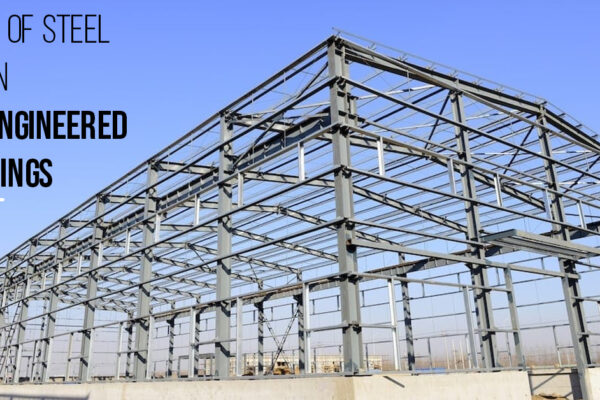Temperature plays a crucial role to establish a warm environment for any building. It is essential to control the inner temperature despite being located in cold and warm areas. Hence, this is where thermal insulation comes into play for an effective application of thermal insulation. Thermal insulation is applied over the building’s outer spaces such as roofs, walls, ceilings, and floors to make sure that heat is not entered or escapes the space. Therefore, this blog from Sathvik, one of the best civil engineering companies in Chennai, explores the essential things you need to know about building thermal insulation and its various types.
Thermal Insulation – Overview:
Thermal insulation simply means the additional layer over the building exterior ensuring a stable and comforting internal temperature within the building. The materials commonly used for the thermal insulations are polyurethane foam, mineral wool, fiberglass, and Polystyrene (EPS) to prevent the heat transfer within the building. By adding these materials for the building space reduces the energy bills and reliance over the cooling and heating systems.
In addition, these materials also control the noises, prevent fire exposure, and extend the life of the building. Hence, thermal insulation should be included within the design plan for effective results.
Various Types Of Thermal Insulation:
Bat Insulation:
Insulation materials in blankets or paper rolls are applied directly to walls or ceilings. They exhibit flexibility and come in thicknesses ranging from 12 to 80 mm. These blankets provide effective insulation using cotton, animal hair, wood fibers, and various other materials.
Block Or Slab Insulation:
Slab or block insulators are small, inflexible components with dimensions of 60 cm by 120 cm and a thickness of 2.5 cm. The blocks are constructed using mineral wool, corkboard, cellular glass, rubber, sawdust, and other substances. Cement is employed for bonding materials to create blocks. These small pieces can be employed for lining walls and roofs. They are affixed to walls and roofs to avert heat loss and uphold the desired temperature.
Insulation Boards:
Boards designed for insulation are made from cane pulp, wood pulp, or alternative materials. The pulp undergoes a robust pressing process under sufficient temperature and stress to produce these boards. These boards are accessible in various sizes in the market and are commonly used for internal wall lining and partition walls.
Insulation for Loose Fill:
The purpose of loose-fill insulation is to occupy the area between wall studs. In the wall, a hollow is created to install doors, and windows. Materials like wood fiber wool, cellulose, rock wool, and similar substances are employed.
Blanket Insulating Materials:
Insulating materials in the form of blankets are also found in rolls; nevertheless, rolls of bat insulation are thicker than blanket rolls. They are also employed for applying paint to walls or ceilings.
In building design, thermal insulation is crucial as it helps in energy conservation and contributes to the overall sustainability of the structure. When choosing the appropriate thermal insulation types, the building designer must consider both environmental conditions and the specific structure characteristics to be insulated.
Determining the best thermal insulation materials available in the market with professional guidance based on your expectations, requirements and application location from Sathvik, one of the best individual home construction builders in Chennai for a clear-cut solution.








